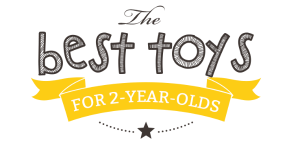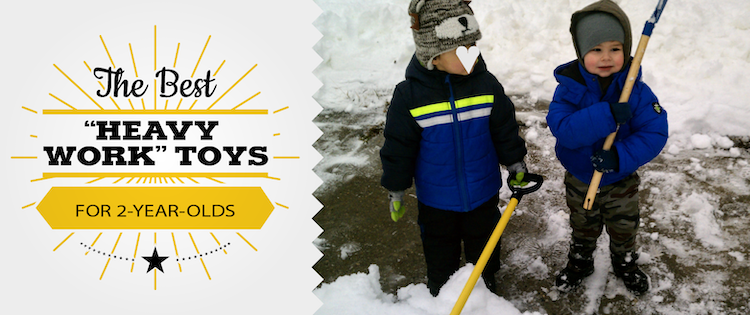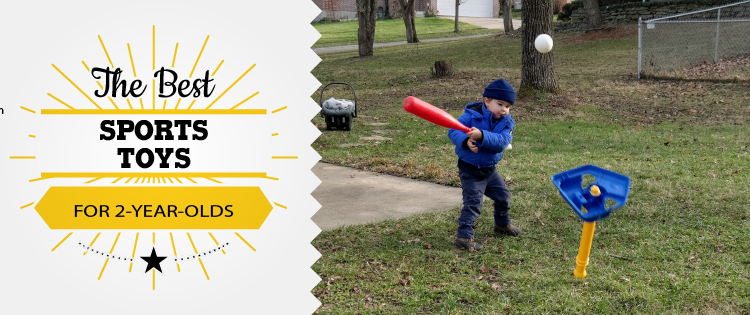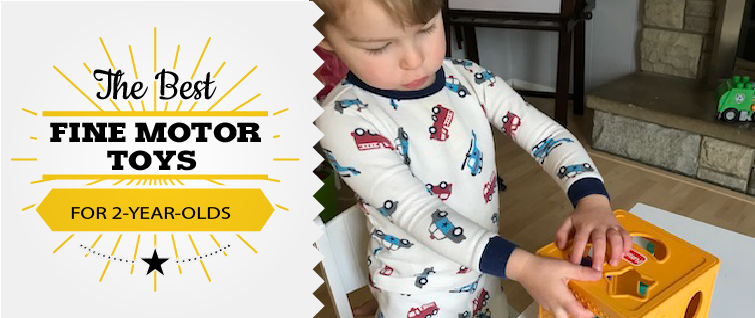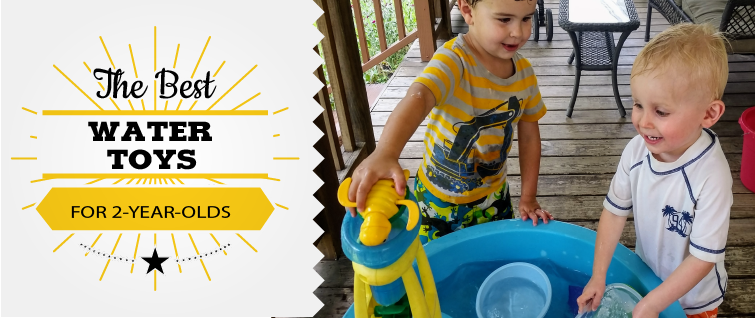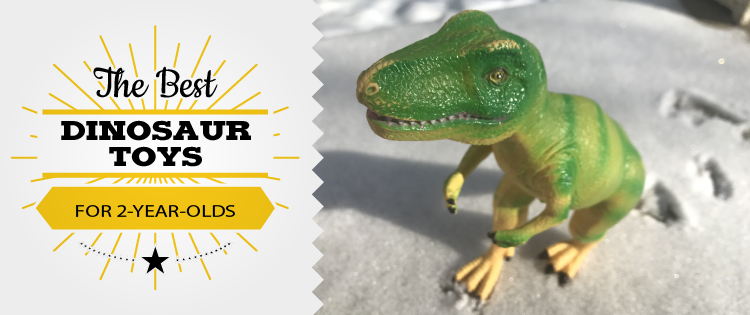Last Updated on November 16, 2022 by admin
As I mentioned in my post on the complete sensory and developmental toy checklist for 2-year-olds, the term “sensory” is often used to describe tactile toys — the ones that require kids to touch and feel with their hands. But technically the term “sensory” applies to any activity related to the senses.
One of the many forms of sensory input that humans have to process is pressure on the muscles and joints, or what experts call “proprioceptive input.” This kind of sensory input is what helps us determine where our bodies are in space. (Proprius in Latin means “one’s own,” and combined with the word “reception,” you can start to understand why this technical sounding word was coined. You might think of it simply as “body awareness” to keep things a little simpler.)
Some experts call body awareness sensory input “heavy work,” because it generally involves kids’ using their muscles by pushing, pulling, lifting, resisting, and weight-bearing. But you can also get a sense of your own body and where it is in space by getting squished or squeezed, or by feeling your body crash or land onto another surface.
Proprioception input is a sensory type I’m especially familiar with. One of my kids craved this kind of “sensory input” so much throughout the day that it caused some major issues with school. As soon as I came across this list of activities that can help a proprioceptive-input-craving kid, I remembered how much my own son craved them when he was little.
Here are just a few products that toddlers who crave heavy work might enjoy.
Weight-bearing activities e.g. crawling, push-ups
Play tunnel

My kid didn’t crave crawling as much as the other activities listed below, but crawling is indeed a weight-bearing activity that can satisfy some proprioceptive sensory needs. You could also go a step further and add some resistance to the crawling by purchasing a specialty tunnel — like the one pictured here — that actually squeezes the child as they crawl through it.
Monkey bars / Hanging bars
Supporting your own body weight as you hang and swing is a form of heavy work or weight resistance. These “Swedish ladders,” are pricey but I can see them getting a lot of use over the years as an indoor energy outlet — and they don’t take up much space for an indoor gym. I think I could have seriously considered buying one if I had been aware of them when my kids were little.
Climbing
Climbing requires fully supporting your own body weight and pulling yourself up, so climbing toys like the ones shown here also are good options for proprioceptive input.
Resistance activities e.g. pushing/pulling
Play wheelbarrow
Age 2 is the golden age for little kids wanting to imitate what grown ups are doing. Your little one will enjoy “helping out” in the yard like mom and dad, and pushing the wheelbarrow will also satisfy their desire for heavy work at the same time.
Play dump truck
You might not think of this as a heavy work toy, but both of my kids loved to essentially run behind these kinds of dump trucks as they push them in a way that would be a punishing cardio exercise for adults. It’s the work of supporting your own body weight but also pushing something forward, which can get even heavier if you load the dump truck up with rocks or other toys.
Child-sized snow shovel
Most snow shovels are sized/designed for slightly larger toddlers and kids, but I feel like 2-year-olds can still get some use out of a kids’ snow shovel, especially if they’re taller for age 2. Even if they can’t lift the shovel up when it’s full, pushing it along a driveway or sidewalk and pushing the accumulating snow is fun heavy work for them.
Child-sized mop or push broom
Most adults who have handled a mop know how heavy it can get when it’s wet. Plus, this is another activity that toddlers can do alongside their parents and feel like they’re helping. Another similar option is a child-sized push broom for 2-year-olds, which I’ve recommended in the past for the same reasons.
Child-sized wagon
Wagons are a classic toy for young kids. They can load them up with their stuffies and dolls, or fill them with rocks or heavier fare and haul it up a hill for some fun proprioceptive input.
Wagons are a classic toy for young kids. They can load them up with their stuffies and dolls, or fill them with rocks or heavier fare and haul it up a hill for some fun proprioceptive input.
Heavy lifting e.g. carrying books
Buckets and Shovels
This is a blog about toys and gifts, but you don’t need to buy new products to give your kids a good opportunity for proprioceptive input. I’ve seen suggestions online that include filling milk crates with books and having kids push them across the floor, for example. Along those lines, a simple bucket bucket can be a fun opportunity for heavy work when it’s filled with water or sand. Kids can also use buckets to create sand castles and collect outdoor treasures, which makes them a fun, simple gift. (The bucket pictured here is from Green Toys, a brand that specializes in making durable toys from recycled milk cartons.)
Giant ball / yoga ball
Sure, these weren’t designed for toddlers, but toddlers are fascinated by them. It takes a lot of muscle power for a toddler to roll one of these babies, and pushing/rolling one back and forth with your toddler can entertain them for a while. Obviously, this one can damage furniture and can be a little dangerous if your little one can bounce off of the ball onto a sharp corner, so proceed with caution.
Cardiovascular activities e.g.running, jumping on a trampoline
Play trampoline
It can be heavy work to propel your body’s weight up into the air, and the sensation of landing/crashing is also good for proprioceptive input.
Crash pad
You don’t need a formal crash pad to provide crashing opportunities for your toddler. As I already wrote, we repurposed an old mattress for this type of play. But depending on your kid, you might love a formal, wipeable crash pad like this one, or even a soft climber like this one that kids can both climb and throw themselves down on.
Oral activities e.g. chewing, blowing bubbles
You might not think of chewing activities as a sense of body awareness, but the muscles and joints in your jaw need input just like the rest of your body. Plenty of companies have chewable toys that are appropriate for toddlers who need this form of sensory input.
Deep pressure e.g. tight hugs
One toy option that’s fun for proprioception-seeking kids as well as other kids is the so-called “sensory swing.” When they climb into this type of swing, kids feel like they’re in a tight little nest, which can help them get a better sense of their body.
